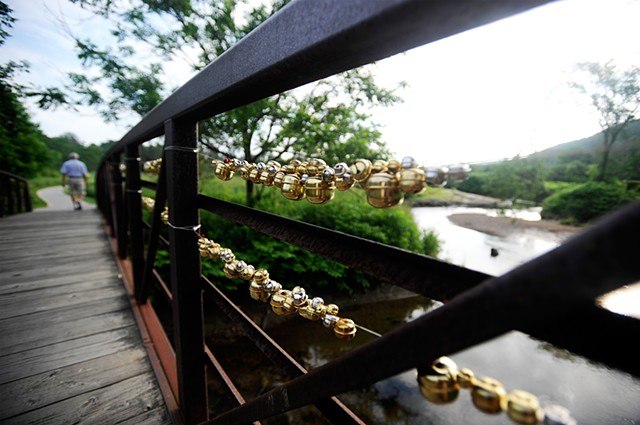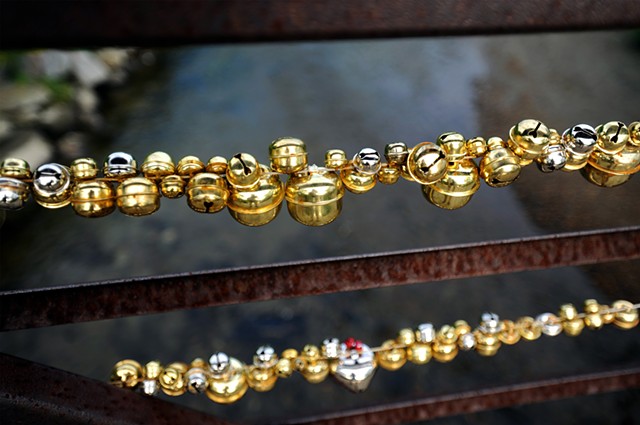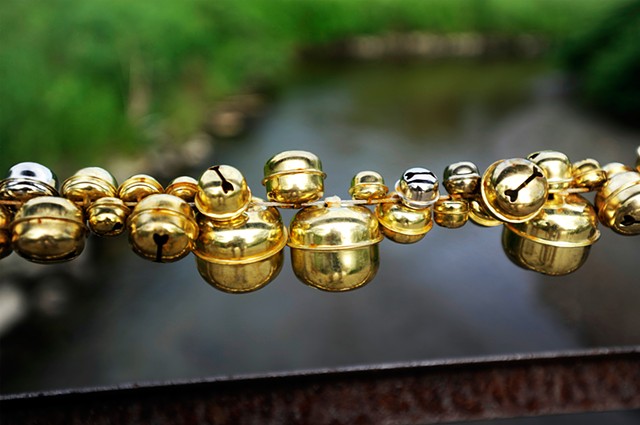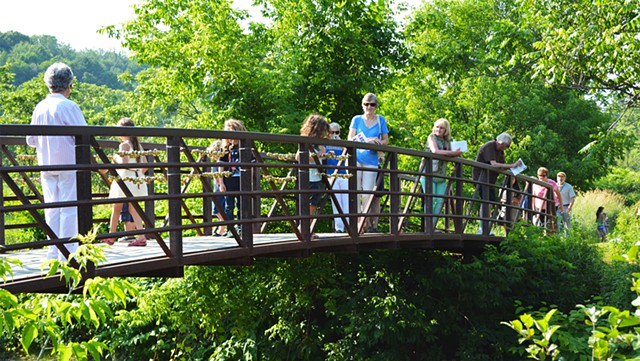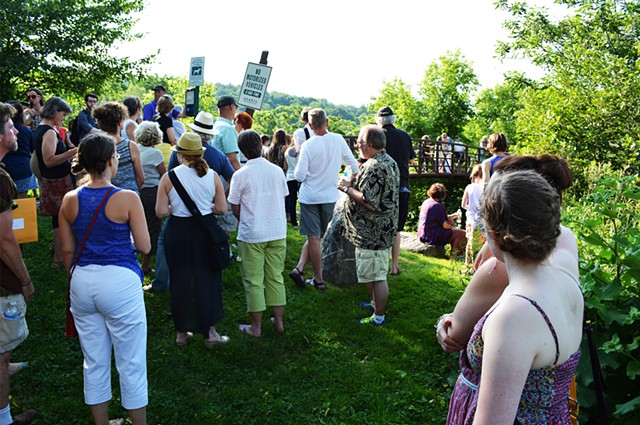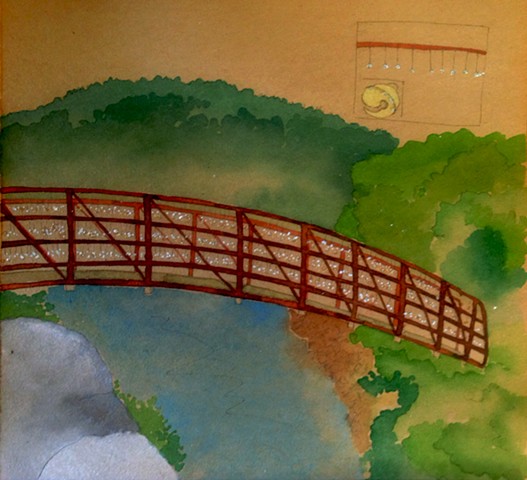Cascabels
A couple years ago I presented a site-specific sound sculpture for Exposed, called Bells. My purpose was to make a contemporary call upon the significance of the sound of bells in evoking a sense of community.
Since then, I have continued my research into bells, and came across one particular type that is still used today, but whose design has not changed since its very origins. In the words of painter Eric Sloane, it is quite improbable to find “any other object that was created thousands of years ago in a form so perfect that no one since has been able to find a way of improving it.” This bell is known as “crotal” or “cascabel”. In its ancient, round, and glorious form, it’s ubiquitously found on children’s rattles, on Christmas decorations, on tambourines and other instruments, or tied around the ankles of Nahua ritual dancers.
This new proposal builds upon the one I presented two years ago. It uses cascabels to showcase not only their beautiful sound but, moreover, their brilliant design. It is a new site-specific sound sculpture with bells that are not only meant to be heard, but also to be seen, touched, and rattled by the public. I want to complement the sense of community that the sound of bells evokes with a sense of continuity through time. After all, even after thousands of years, the cascabel has maintained its original design.
